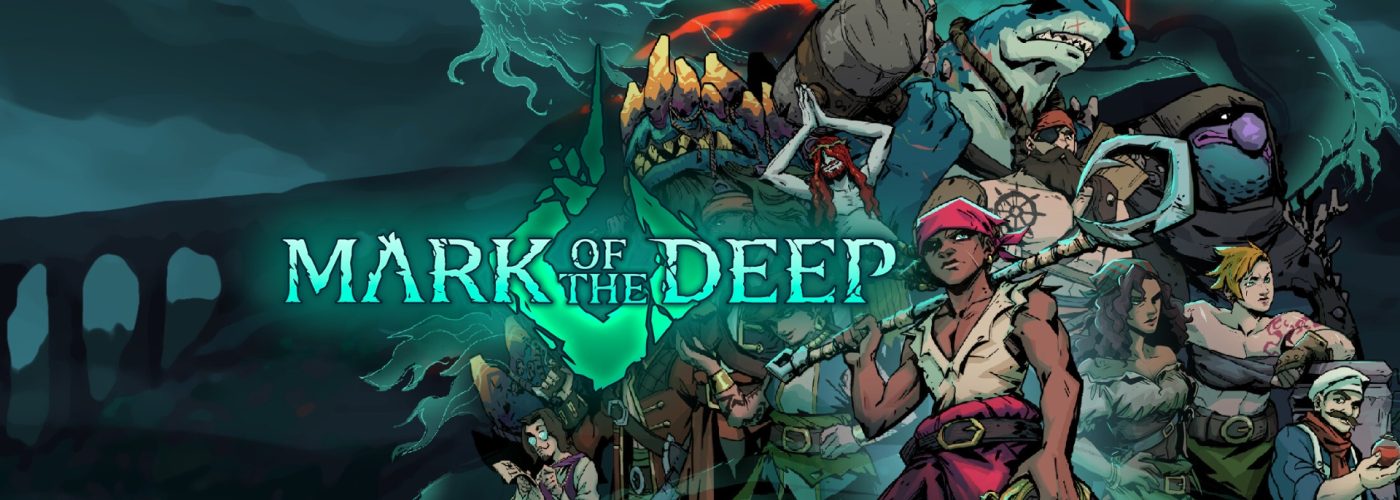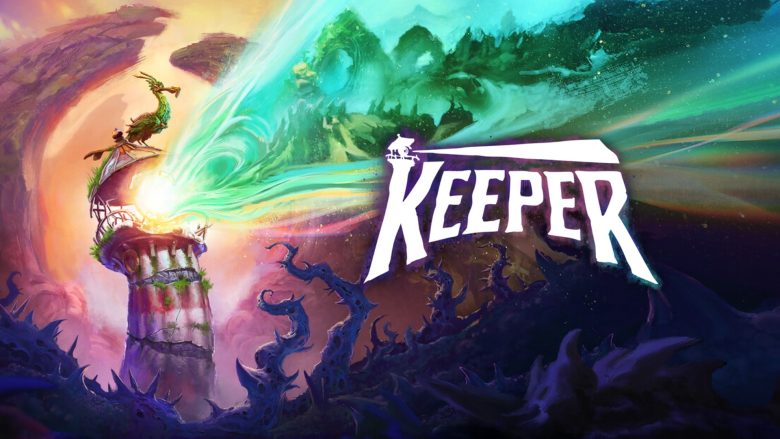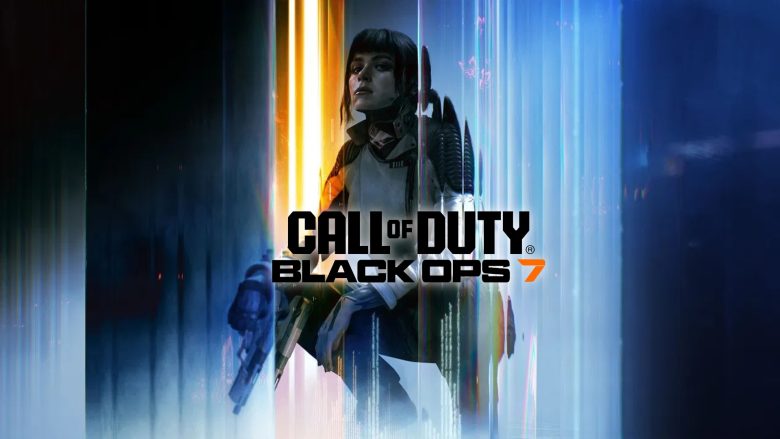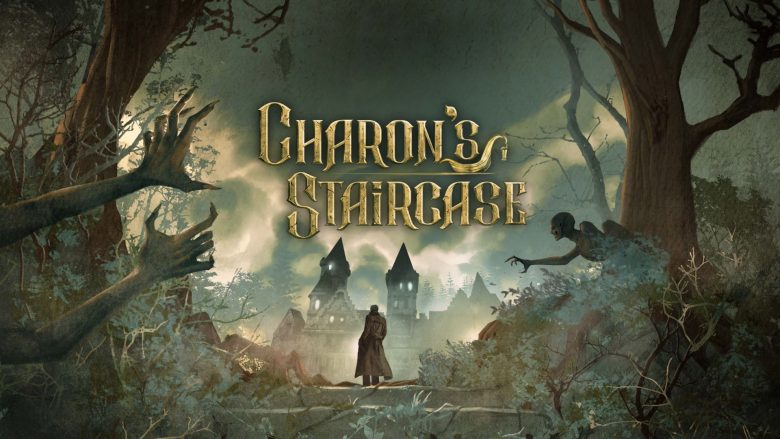Mad Mimic with Mark of the Deep takes us into a world of cultists and distorted sea creatures. An action game in which we will explore dungeons and defeat powerful enemies. All for our salvation.
Mark of the Deep presents itself as an action game with metroidvania and Zelda-like elements. Although few, it contains mechanics that may initially recall some Souls-Like elements.
Although the beginning is immersive and engaging, as time passes the experience is partly compromised by some shortcomings. Especially in the declination of the genres that Mark of the Deep claims to take inspiration from. In fact, some naivety and repetitiveness in some game mechanics can undermine the experience.
Let’s see how this action game presents itself to the player.
Meanwhile, the Plot
Mark of the Deep is set in the world of pirates. After a shipwreck on a mystical island, we find ourselves among ruins and supernatural creatures. Marcus “Rookie” Ramsey is our protagonist, he is marked together with his crew. A cursed mark that will lead him to explore the ruins of the island in search of his crew and salvation.
During the story we will meet numerous characters in addition to the members of the crew. Once saved they teleport to what is in effect our central Hub. Our task will be to enrich our hub with NPCs and undertake the quests they will give us. We have a journal to open with the menu button, which will give us numerous information. Among these are the quests, their progression and even if we failed them.
Obviously completing the secondary quests, finding the crew members and discovering the secrets will allow us to obtain different endings of the game.
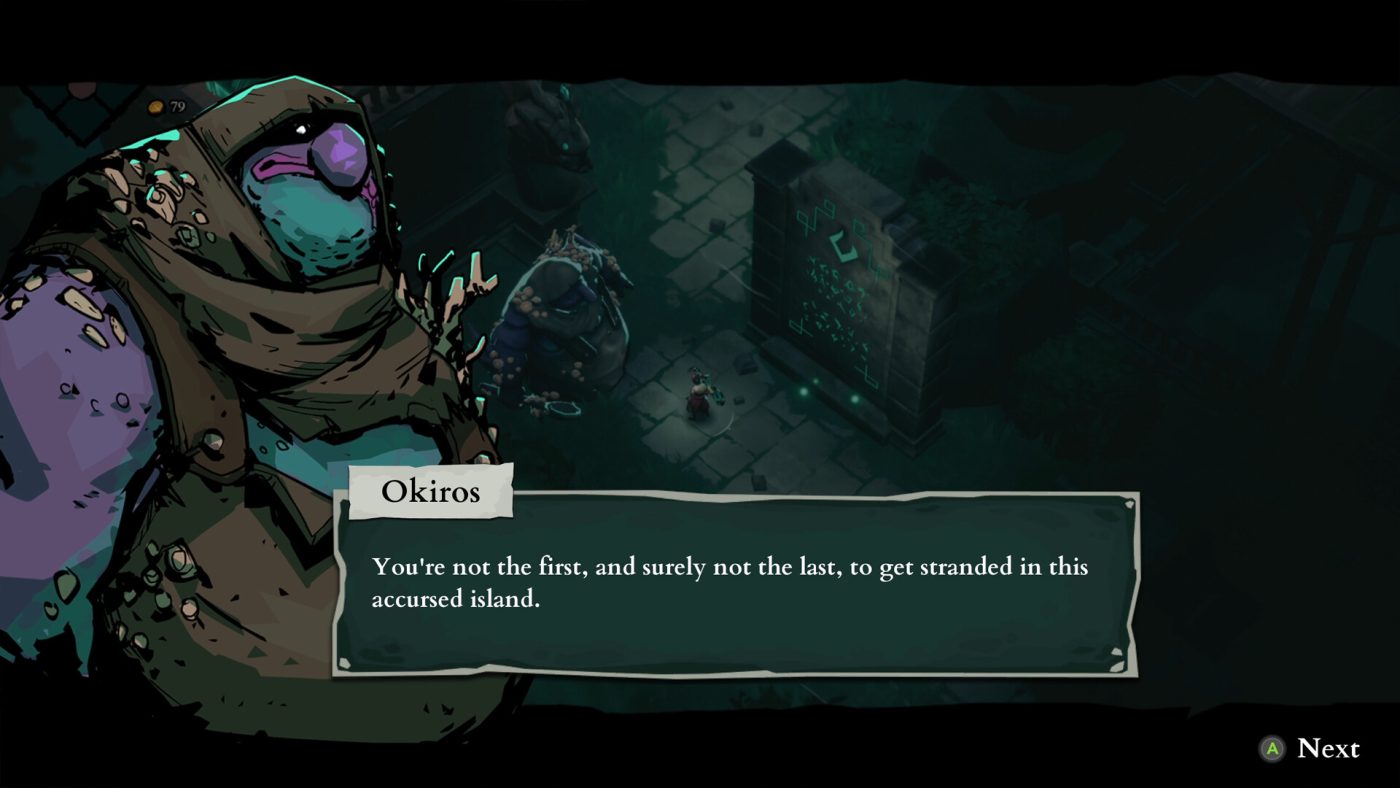
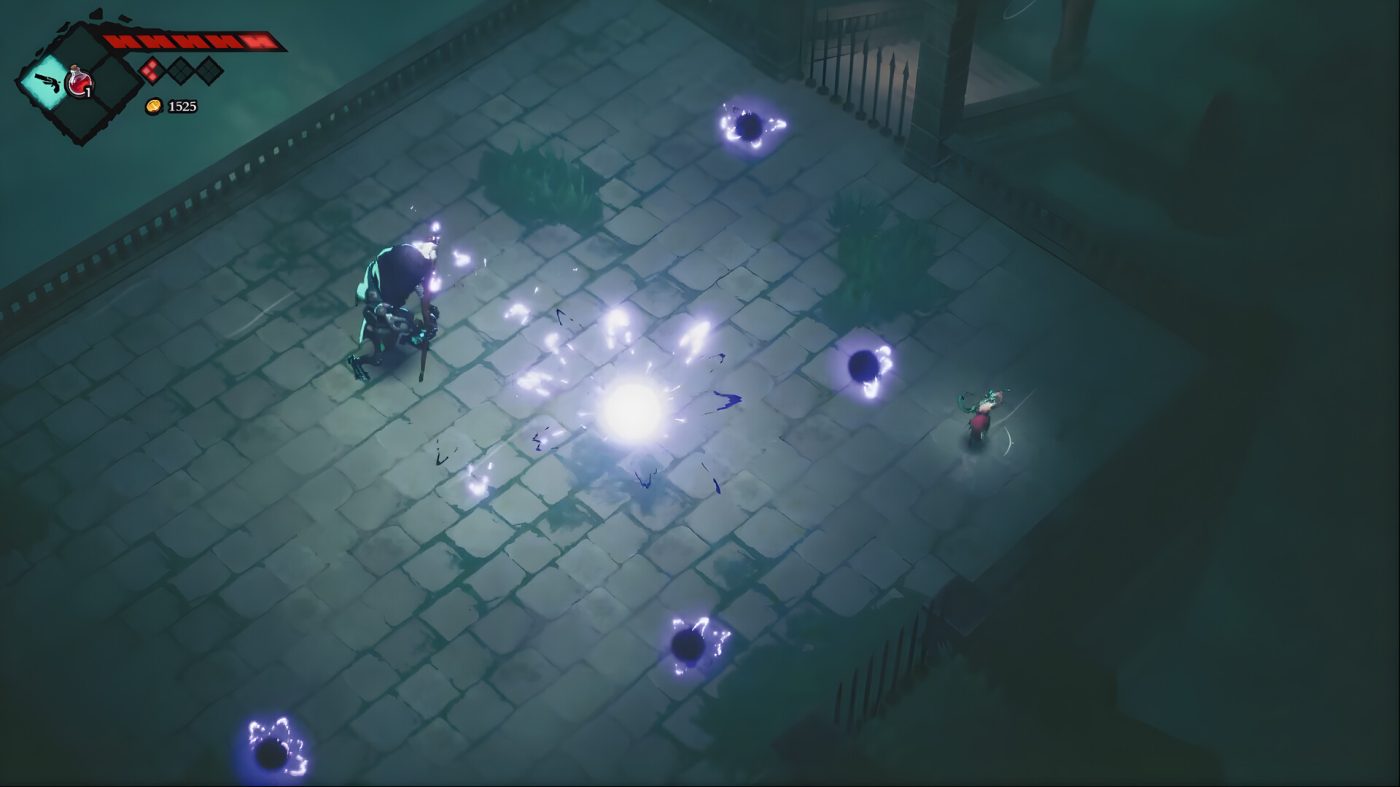
Mark of the Deep Mechanics
Our character is armed with a hook which is his main weapon. As a secondary weapon we will end up with 4 firearms, all of which can be obtained by progressing in the game. While the hook does a combo, firearms consume essence, which is found under the character’s health bar. Fortunately, the essence is recharged by attacking enemies. Additionally the character can roll with an invincibility window. Some players might associate these mechanics with the Curse of the Dead Gods game and frankly I recognized them too.
Firearms, as well as the hook, are also used to solve environmental puzzles and move around the map. Furthermore, we have several upgrades available. Once unlocked the blacksmith, we can upgrade both the hook and the firearms, provided we have the right materials. In this case, carefully exploring the environment and backtracking are necessary to improve your equipment and have an easy life.
Furthermore, the hook will receive upgrades as you progress through the story, as will the character through the acquisition of more brands.
We can obtain, both by exploring and by buying fragments from merchants which, once collected in a certain number, enhance health and essence charges. Not to mention the trinkets which, once equipped, give quite situational passive abilities. Trinkets cost slots and can be expanded by purchasing more.
Don’t underestimate firearms because they are fundamental in battles, especially in the final areas of the game.
Dungeons and Level Construction
Mark of the Deep features 8 biomes, divided into several sub-biomes. As intricate and aesthetically interesting as they are, in the long run they risk becoming monotonous especially due to their architecture.
First, it’s important to understand how Mark of the Deep develops biomes. The zones are interpreted as dungeons and mini-dungeons. There are several pillars to activate that act as checkpoints, then we embark on the path where with the use of levers, environmental mechanics and intelligent use of shortcuts we return to the checkpoint. You can also get to other checkpoints, which are also intelligently placed and which in any case have their own shortcut to open. Mark of the Deep does a good job of this, especially in the checkpoints before the bosses. Being challenging fights, the distance to travel is short and never frustrating.
Speaking of which, Mark of the Deep doesn’t have the corpse run mechanic and all opponents drop money. By dying we don’t lose anything, which is useful because money is essential for upgrades.
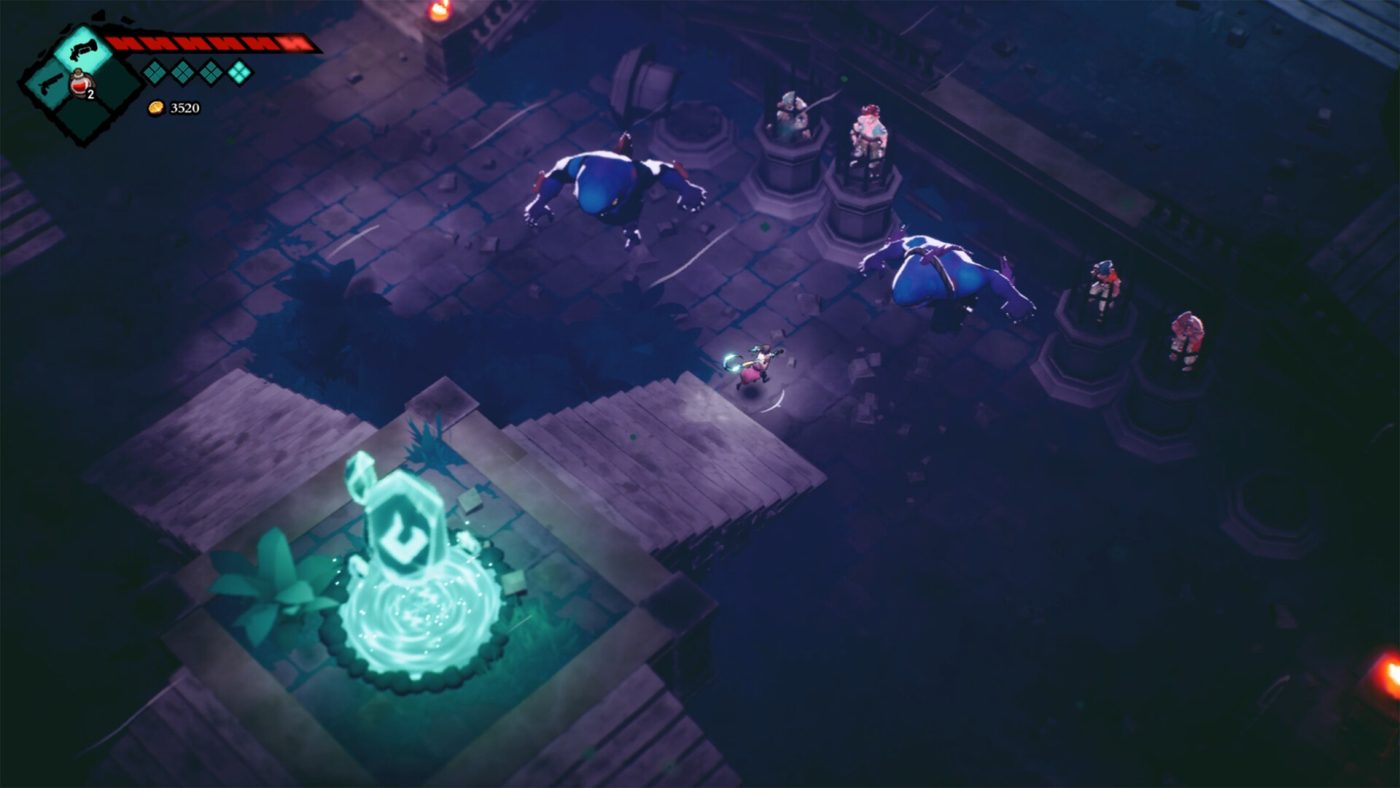
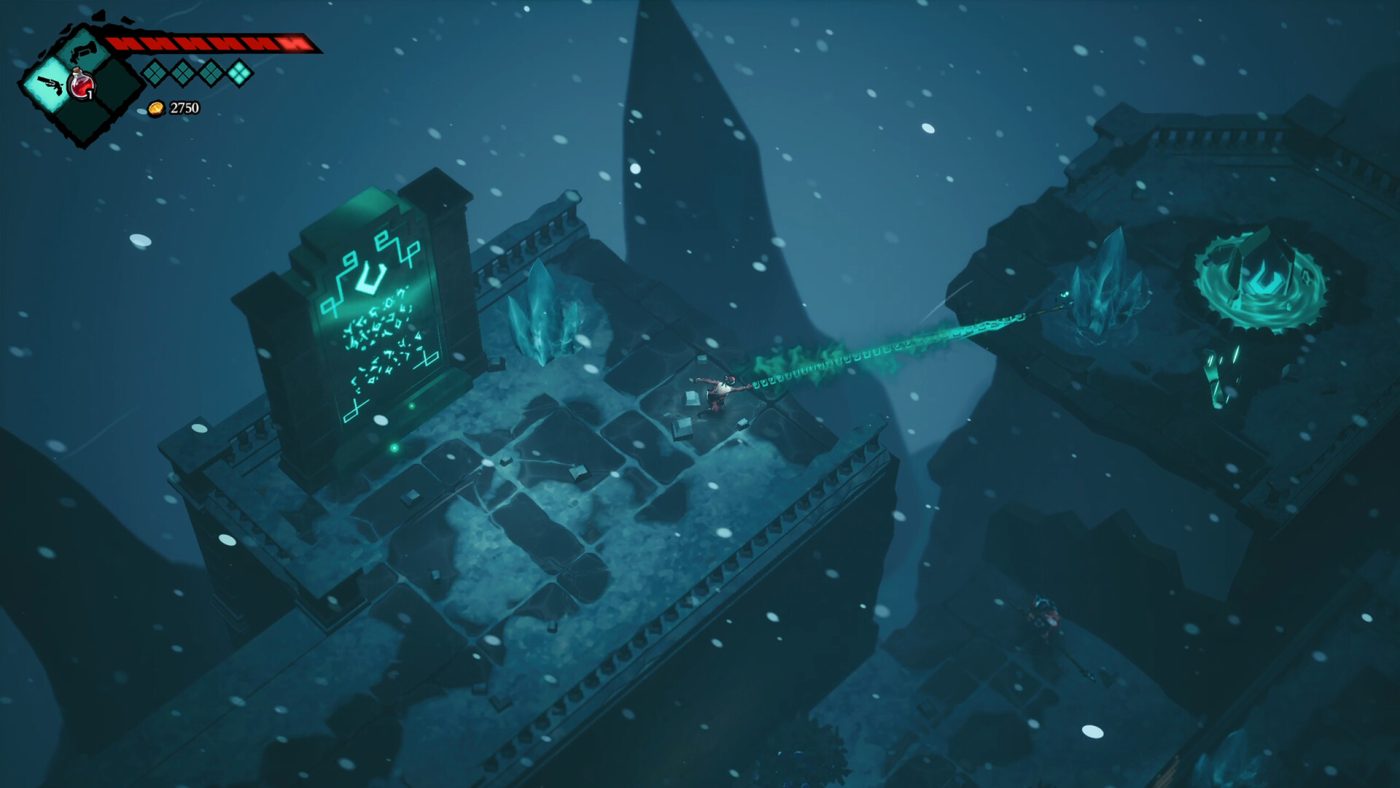
Combat and Progression
The progression, although engaging in the first moments, shows a certain repetitiveness in the final stages. Throughout the adventure we have to face closed arenas where we can defeat waves of enemies. Once defeated we can access the next area. The uncontrollable camera view sometimes tricks the player into falling off cliffs. As good as the shortcuts are, we find ourselves facing areas where we then activate the mechanisms to open the boss’ door. Some phases of solving environmental puzzles and overcoming traps, also thanks to character upgrades, break the monotony of the battles. The latter become more and more intense. The player often finds himself in situations where he must guard against traps while facing multiple opponents and at the same time being targeted from a distance by magical statues or ranged enemies.
Definitely too much as far as I’m concerned.
The bosses on the other hand, although they are not all brilliant, are challenging but satisfying. They have a readable moveset with both visual and audible warnings. They must be learned and require concentration because they have a considerable amount of hit points.
The choice of not putting hit points on bosses and enemies is interesting. We will understand their health by looking at the cracks that will form on their bodies. Furthermore, the bosses’ movesets change and are more complex based on the life points lost.
The Map of Mark of the Deep
Mark of the Deep defines itself as action with metroidvania elements, and honestly, although backtracking is encouraged and well laid out, the game has a problem.
Any self-respecting metroidvania has a map that is created during exploration and allows the player to have reference points. Mark of the Deep has a lot of backtracking and secret areas (frankly I don’t think I found them all) and the absence of a map makes it difficult to remember and orient yourself.
Lately the developers have implemented a map that represents only the biomes and with icons that remember the missing quests and crew members.
Definitely a step forward but still not enough. Complex levels are welcome, but without the ability to place markers backtracking is compromised.
A positive note is the possibility, after a certain point in the story, to teleport between checkpoints. Although the biomes are interconnected, it is a very important quality of life.
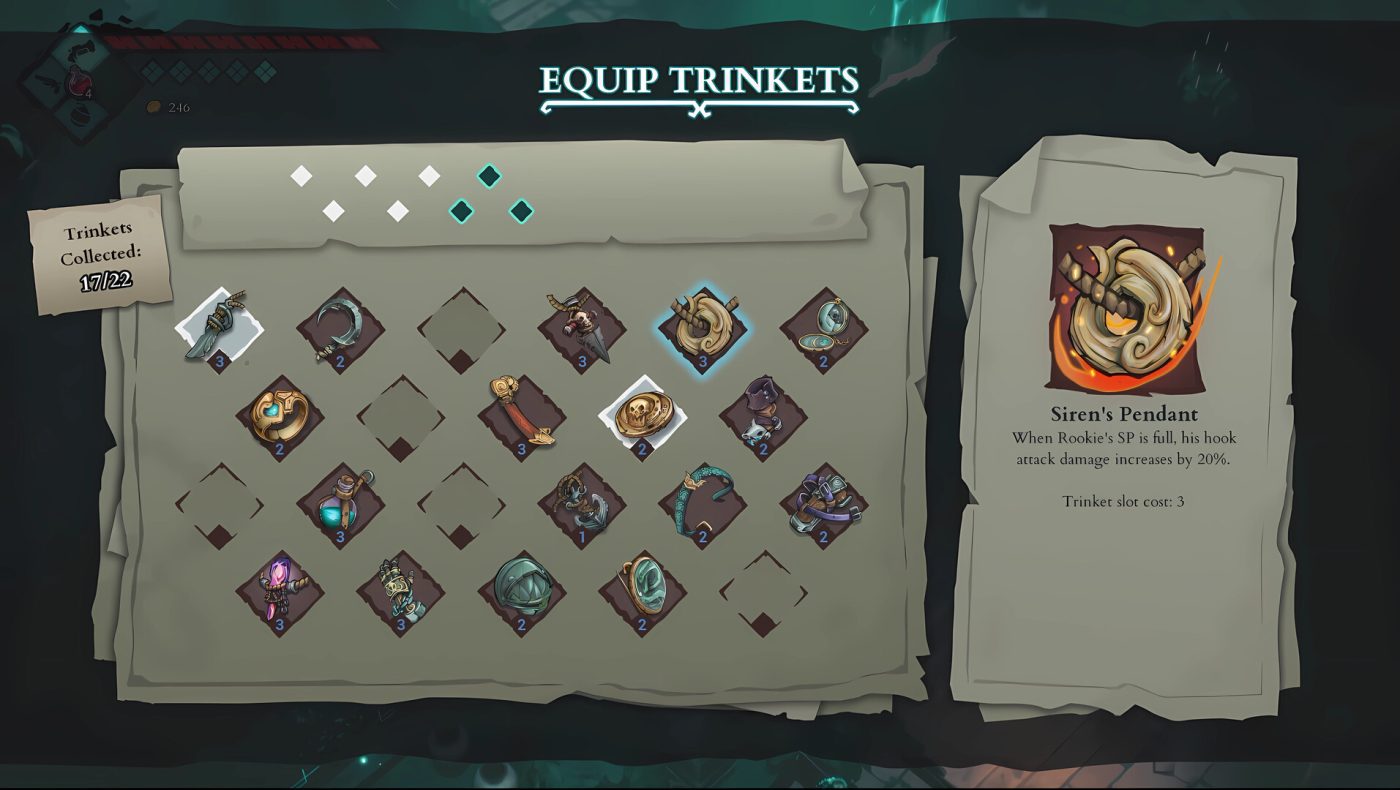
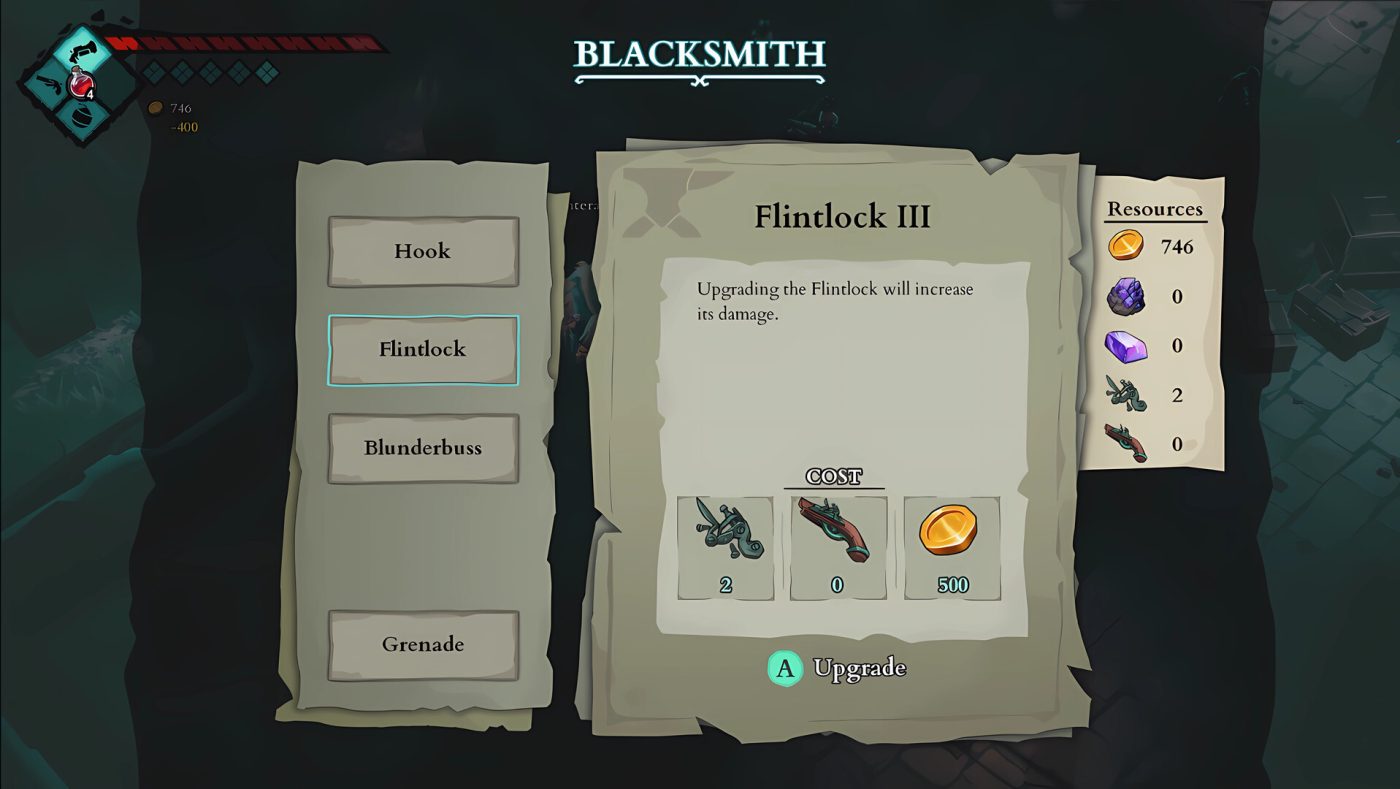
My Two Cents
Mark of the Deep is an action game with a lot of potential that sometimes gets lost in its own mechanics. It is certainly a good game, challenging even if sometimes unbalanced towards an artificial difficulty. Some design choices will certainly make those who don’t like trial and error turn up their noses. The mechanics, however simple and intuitive, struggle to entertain until the end, but the sense of discovery and satisfaction in overcoming a challenge is good.
A game with many positive points and some negative ones, such as the choice of map, which do not allow it to reach the rating I would like to give it.
However Mark of the Deep can captivate with its minimal but functional aesthetic and sometimes rough but satisfying gameplay.
STEAM key granted by the developers.
Mark of the Deep
PRO
- Nice aesthetic
- Initially good gameplay loop
- Nice level and gameplay design
CON
- Lack of a detailed map
- Too repetitive in late stages mechanics
- Sometimes unbalanced towards an artificial difficulty

